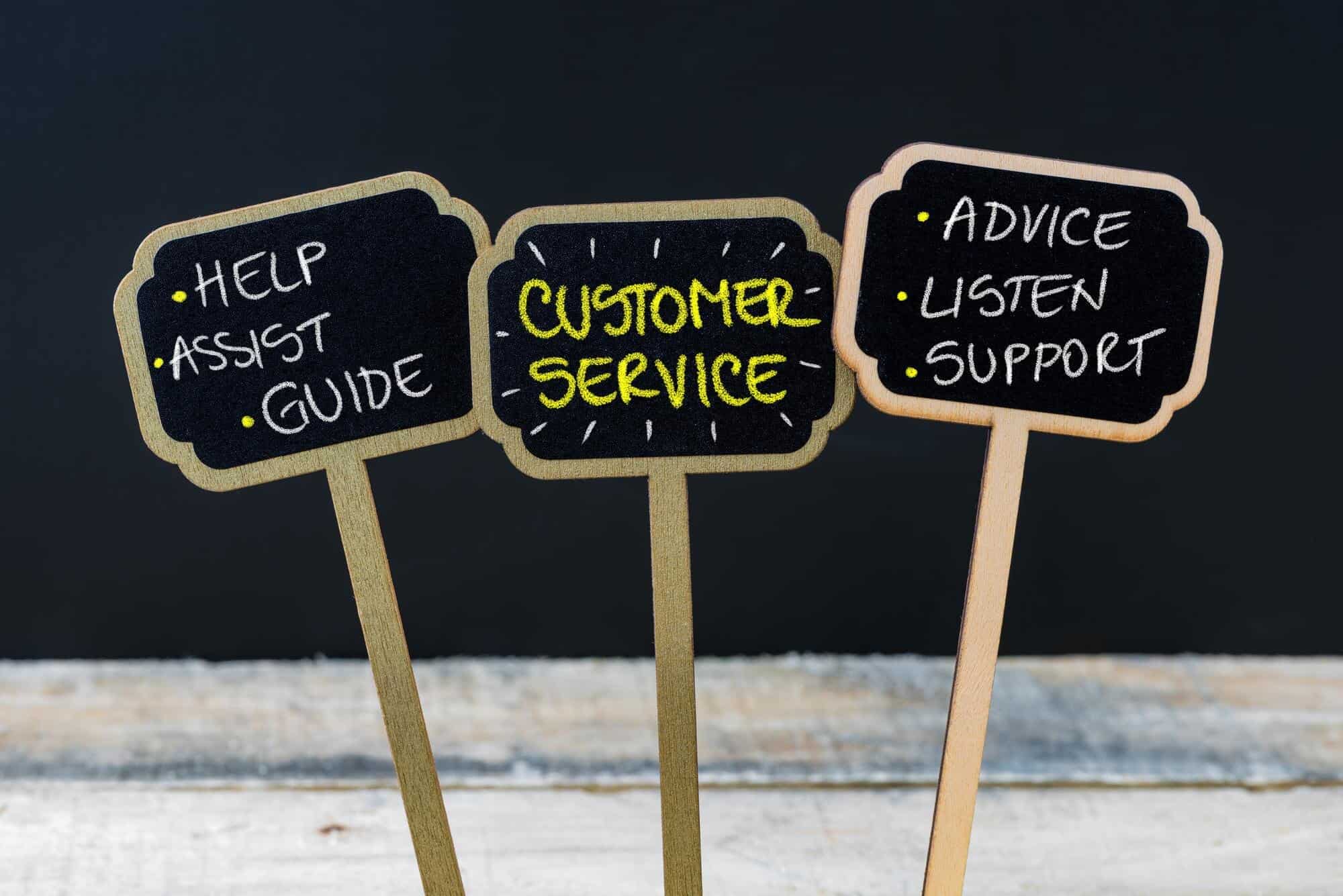Estimated reading time: 7 minutes
Key Takeaways
- Exceptional customer service is essential for both growth and long-term success.
- Building trust through reliability and genuine empathy creates loyal, repeat customers.
- Clear communication and prompt responses reduce frustration and strengthen relationships.
- Active listening remains the “golden rule” for understanding customers’ needs.
- Implementing comprehensive customer service best practices fosters a culture of continuous improvement.
Table of Contents
Introduction
In today’s fiercely competitive business landscape, exceptional customer service isn’t just a nice-to-have, it’s an absolute necessity for growth and long-term success. The difference between a one-time purchase and a lifelong customer often boils down to the quality of service they receive. This top customer service rules guide explores the fundamental principles, strategies, and best practices that create outstanding customer experiences.
Effective customer service is the lifeblood of any successful business. It’s the critical factor that can turn a casual buyer into a loyal advocate for your brand. This guide is designed to help you navigate the complex world of customer interactions, providing you with the tools and knowledge to exceed customer service expectations and implement customer service best practices that will set your business apart.
In the following sections, we’ll explore the fundamentals, key principles, and provide actionable strategies to elevate your service game. Whether you’re a small start-up or an established enterprise, this comprehensive approach will equip you with the insights needed to create a customer-centric culture that drives growth and fosters lasting relationships.
1. Understanding Customer Service Fundamentals
At the heart of exceptional service lie the customer service fundamentals—the essential elements that form the foundation of all customer interactions. These fundamentals include:
- Respectful communication
- Attentive listening
- Prompt responses
- Genuine empathy
- Effective problem-solving
Mastering customer service etiquette shapes how customers perceive your brand and influences their loyalty. Remember, the golden rule of treating others as you’d like to be treated is the cornerstone of all customer service practices.
2. Key Customer Service Principles
To build a robust strategy, it’s essential to understand and implement key customer service principles:
- Active Listening: Pay full attention to what customers are saying, ensuring you grasp their needs and concerns.
- Customer-First Approach: Place customers at the centre of all business decisions and operations.
- Value Beyond Profit: Focus on building long-term relationships rather than short-term gains.
These principles guide effective customer service strategies and help create experiences that resonate with customers long after the interaction ends.
3. The Golden Rules of Customer Service
To truly excel, businesses must adhere to these golden rules:
Keep Your Promises
Reliability is the foundation of customer trust. When you make a commitment—be it a delivery date, a callback, or a resolution—follow through without fail.
Go the Extra Mile
Create memorable experiences that transform customers into brand advocates by personalising solutions and offering additional support beyond initial requests.
Maintain Clear Communication
Use simple, jargon-free language and provide regular updates, especially during problem resolution.
Handle Complaints Effectively
View complaints as opportunities to improve and demonstrate your commitment to service excellence. Respond promptly and constructively.
4. Customer Service Guidelines and Best Practices
To ensure consistent, high-quality service delivery, follow these guidelines:
- Always Be Polite: Use courteous language and expressions that show respect.
- Speak Clearly: Avoid technical jargon and use straightforward language.
- Show Empathy: Demonstrate you understand and care about their concerns.
- Offer Solutions, Not Excuses: Focus on resolving issues rather than explaining why they occurred.
5. Establishing Customer Service Standards
Customer service standards align with brand values and industry expectations. When setting these standards, ensure they are specific, measurable, achievable, consistently applied, and regularly updated. Solidify them through well-defined customer service policies that guide team behaviour.
6. Mastering Customer Service Etiquette
Proper etiquette plays a crucial role in creating positive impressions. Key aspects include using respectful language, practicing active listening, responding promptly, displaying genuine empathy, and maintaining professionalism across all channels.
7. Practical Customer Service Tips
Boost daily operations with these actionable suggestions:
- Be helpful even if there’s no immediate benefit to build long-term goodwill.
- Know how to apologise sincerely when mistakes occur.
- Foster a service-minded culture throughout your organisation.
Implementing these tips can significantly improve customer satisfaction and loyalty.
8. Meeting and Exceeding Customer Service Expectations
To meet and surpass expectations, deliver consistently on promises, communicate proactively about changes, personalise interactions, resolve problems quickly, and follow up to confirm satisfaction. By doing so, you turn satisfied customers into enthusiastic advocates.
9. Developing Effective Customer Service Strategies
Create strategies that align with business goals:
- Set clear service objectives
- Define processes for common scenarios
- Implement comprehensive training programmes
- Establish feedback mechanisms
- Measure performance with relevant metrics
10. Creating a Comprehensive Customer Service Checklist
Develop a daily-use checklist to maintain high standards, including greeting customers warmly, identifying needs via active listening, offering clear and accurate information, providing solutions or alternatives, and following up to ensure satisfaction.
11. Building a Customer Service Handbook
Create a central reference tool for your team, covering company policies, service standards, communication guidelines, troubleshooting procedures, and an FAQ section. Update it regularly to reflect new strategies and evolving customer needs.
12. Implementing Customer Service Protocols
Establish clear protocols for returns, inquiries, issue escalation, and complaint resolution. These ensure consistency and efficiency, improving response times and streamlining processes across the organisation.
13. Formulating Customer Service Policies
Develop robust policies to guide team behaviour and decision-making—covering areas like returns, refunds, privacy, data protection, and escalation procedures. These policies reinforce your standards and help sustain quality service.
Conclusion
Mastering the art of customer service is an ongoing journey requiring dedication, empathy, and a commitment to continuous improvement. By implementing the guidelines outlined in this top customer service rules guide, you can transform your operations and create lasting, positive relationships with your customers.
Remember, exceptional service isn’t just about following rules—it’s about building genuine connections that make customers feel valued and understood. When done right, it helps your business stand out in crowded markets and cultivate a loyal customer base.
Call to Action: Download our comprehensive handbook and checklist to aid in implementing these strategies. For personalised solutions, reach out to our expert team. Subscribe to our blog for more insights on delivering outstanding customer experiences.
FAQs
Q: What is the most important rule of customer service?
While all aspects are vital, active listening is arguably the most crucial. By truly understanding your customers’ needs, you can provide more accurate and satisfying solutions.
Q: How can businesses maintain service quality during busy periods?
Maintaining service quality during peak times requires clear processes, adequate staffing, technology solutions, delegated decision-making, and effective task prioritisation.
Q: What’s the best way to handle an angry customer?
Listen without interruption, acknowledge their frustration, avoid taking it personally, and focus on finding solutions rather than making excuses. Follow up to ensure full resolution.
Case Study: Exceptional Customer Service in Action
Company X, a mid-sized online retailer, implemented a comprehensive customer service strategy based on the principles in this guide. By focusing on active listening, clear communication, and prompt issue resolution, they increased satisfaction scores by 25% within six months. Their approach led to more repeat business and positive reviews, proving the power of exceptional customer service.







